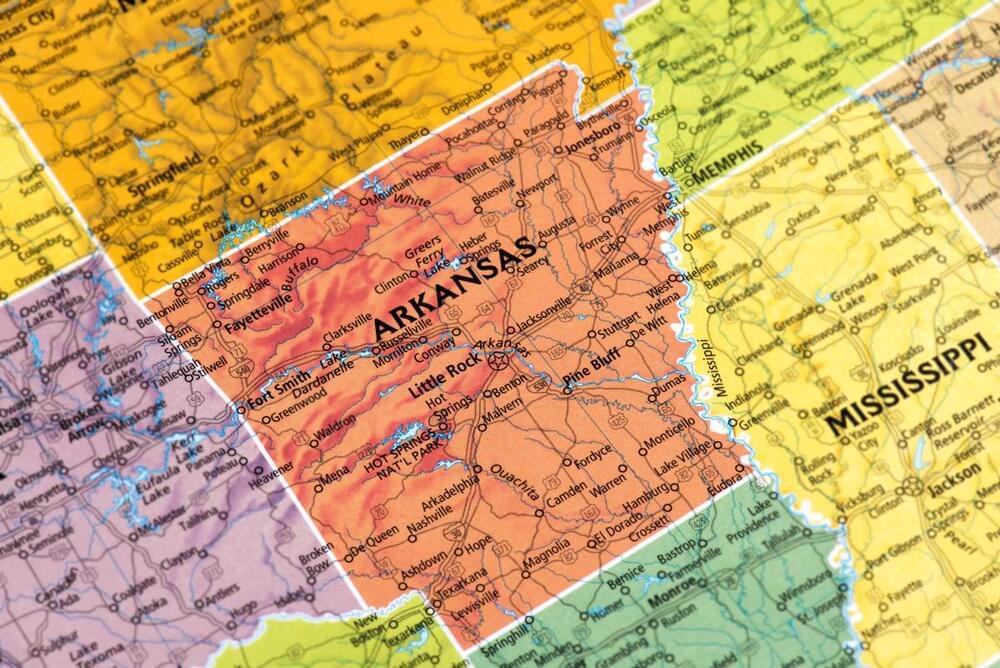The sun was once surrounded by rings of gas and dust similar to those orbiting Saturn, a new study published in the journal Nature Astronomy reveals.
These rings played a vital role in the formation of our solar system and in the size and habitability of Earth.
The early sun’s dust and gas rings may have stopped our planet from becoming a “super-Earth,” according to the Rice University astrophysicists behind the new paper. “In the solar system, something happened to prevent the Earth from growing to become a much larger type of terrestrial planet called a super-Earth,” Rice University astrophysicist André Izidoro, said in a press statement.







